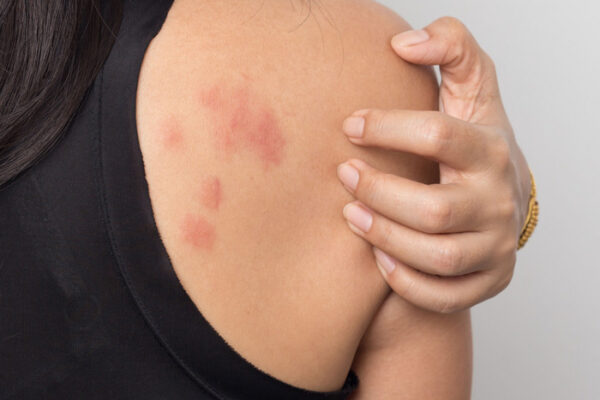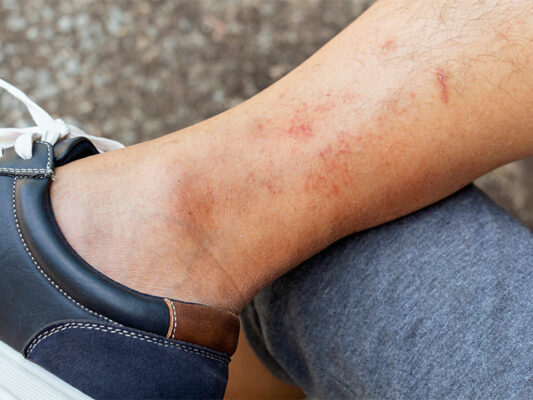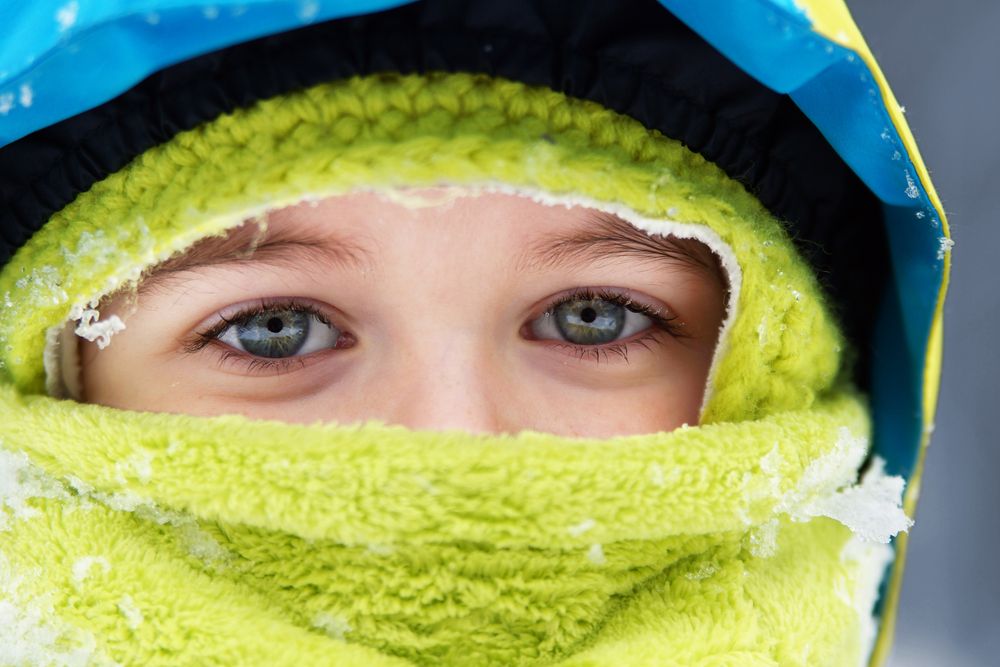Do you have a rash? Has your skin turned red or does it have an irritation? And are you confused about whether you have shingles or hives? Well, not to worry. A lot of people confuse the two because they both have similar symptoms.
But they’re not the same. Shingles is spread by a virus, while hives are associated with allergies. Hives can also be caused by exposure to extreme temperatures, as well as some types of infections. But that’s just the tip of the iceberg.
Here, we’ll compare the two comprehensively to make it easier for you to differentiate them.

Shingles
Before we delve further in, we need to know the nature of the rash. Simply put, it is a viral infection, which causes a painful rash on your body. The rash mainly appears on one side of your body – either the left or right side. But it can also appear anywhere on your body.
The painful rash is caused by the varicella-zoster virus (VZV), which is the same virus that causes Chickenpox. What does this mean? It implies that you can get this rash years after contracting Chickenpox.
Fortunately, it is not a life-threatening condition. However, it can be very painful, and it could even last for months. But you could always start early treatment to reduce the chances of getting complications or shortening the infection period. Alternatively, you could also get vaccinated.
Main symptoms

The first indication that you have this rash is that it will appear as fluid-filled blisters on one side of your body. However, there may be other symptoms. The first one is always a pain, which can be severe for some individuals. With that said, here are the main symptoms:
- Itching
- Sensitivity to touch
- A red rash, which appears a few days after you experience some pain
- Fluid-filled blisters – some of which may ooze
- A burning sensation or numbness
- Tingling
There are some individuals who claim to experience other symptoms including but not limited to sensitivity to light, headaches, fever, and fatigue.
Prevention and treatment
Fortunately, the painful rash is not extremely severe. However, the pain and other symptoms call for prompt treatment. Fortunately, there are two vaccines that can help prevent it – the varicella-zoster and varicella vaccines.
The latter will help to minimize the chances of experiencing the complications associated with this rash. It is also given to adults who have never had chickenpox, but it isn’t a guarantee you won’t contract either.
On the other hand, varicella-zoster is a vaccine meant to prevent this painful rash. The first is Zostavax, which is administered once in your upper arm. It offers protection for approximately five years. The other option is Shingrix, which is administered in two doses, with an interval from two to six months.
Unfortunately, this condition does not have a cure. However, you can get medication such as shingles cream to reduce the severity of the symptoms. However, we recommend you consult a doctor so that you can get the best cream for shingles to treat the pain.
Hives
Hives, which is also known as urticaria, is a skin condition that’s caused by allergies. The condition appears as swollen, red bumps on your skin, but it can also appear as welts. The welts can occur on any part of your skin, and they vary in size – they can be very small or very large.
 Hives are caused by allergies, and they create a burning or stinging sensation. You will constantly feel your skin itching. Sometimes, the welts can join together to create large areas called plaques. Fortunately, hives don’t last too long on the skin. They can fade within 24 hours.
Hives are caused by allergies, and they create a burning or stinging sensation. You will constantly feel your skin itching. Sometimes, the welts can join together to create large areas called plaques. Fortunately, hives don’t last too long on the skin. They can fade within 24 hours.
However, there are also acute hives, which last for less than six weeks. If the condition lasts longer than six weeks, then it’s called chronic urticarial, but its cause is hard to establish.
Symptoms
Normally, urticaria doesn’t have a lot of symptoms. The only known symptoms include:
- Raised itchy bumps, which are mostly red
- Blanching – this is when the center of your red hives turn white when you press them.
Causes
Hives are triggered by allergic reactions. But what causes these allergic reactions? Well, here are the main causes:
- Foods such as eggs, peanuts, shellfish, and nuts
- Some medication like antibiotics, ibuprofen, and aspirin
- Physical stimuli like cold or heat
- Insect bites or stings
- Blood transfusions
- Latex
- Pollen
- Viral infections
- Bacterial infections
- Some pets
- Some plants
Now, if you have allergic reactions to any of the above, your body will release histamine, which then causes the symptoms.
Diagnosis and treatment
As you can see, hives are caused by a wide range of allergic reactions. To diagnose hives, your doctor will ask you a lot of questions in an attempt to figure out what causes your allergic reactions. Truth is, there isn’t a specific test for hives.
Therefore, your doctor will mostly look at your medical history. The doctor or dermatologist will then perform skin tests to establish the substance(s) that you’re allergic to. In some cases, albeit rare, blood tests will be conducted.
Once your triggers are identified, the doctor will then recommend a treatment. Firstly, the doctor will advise you to avoid the triggers. The doctor may also prescribe some antihistamines, which will provide relief to your symptoms.
However, if you have chronic hives, then the doctor will treat you by combining antihistamines and other medications. If the antihistamines don’t offer you relief, then your doctor might prescribe oral corticosteroids.

